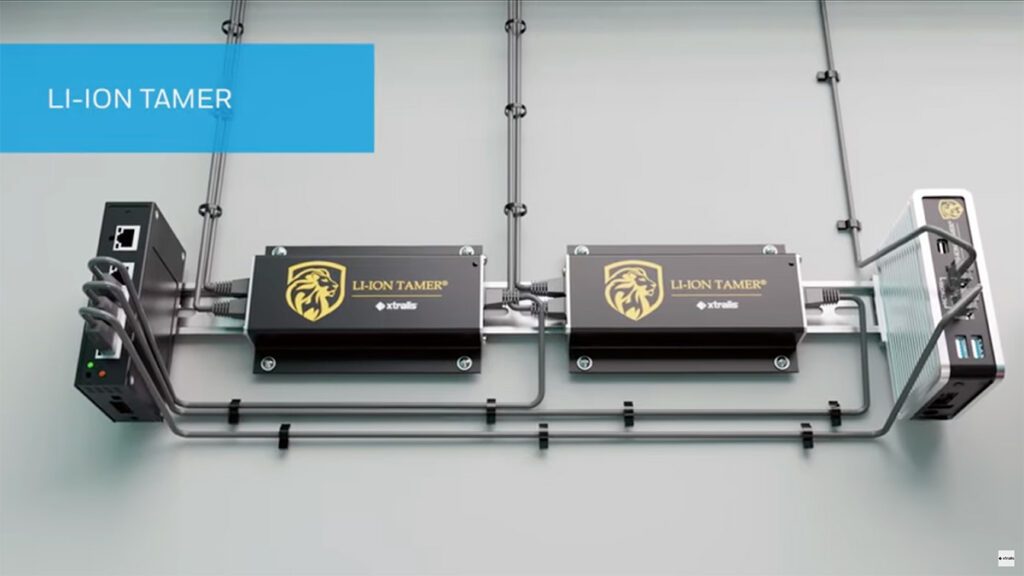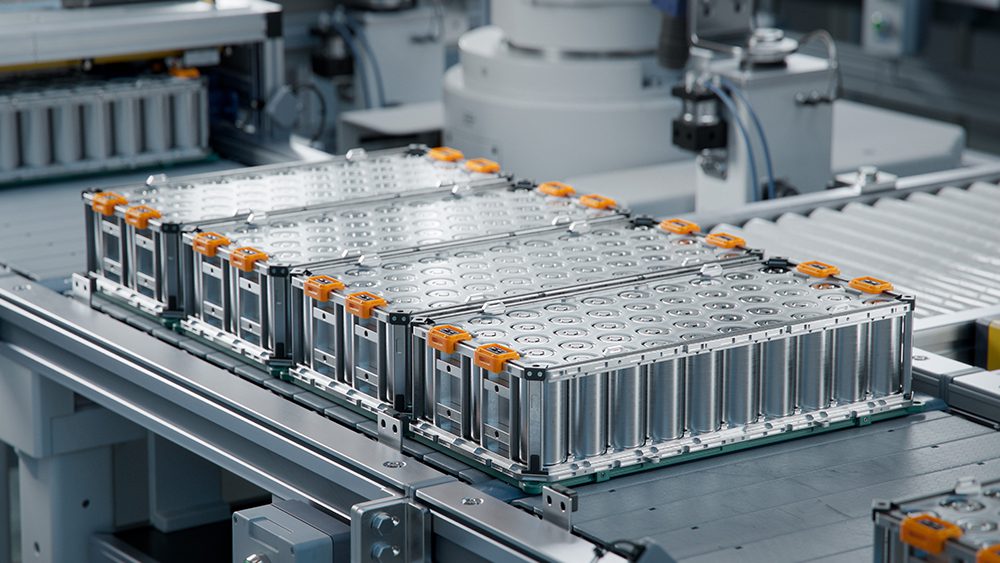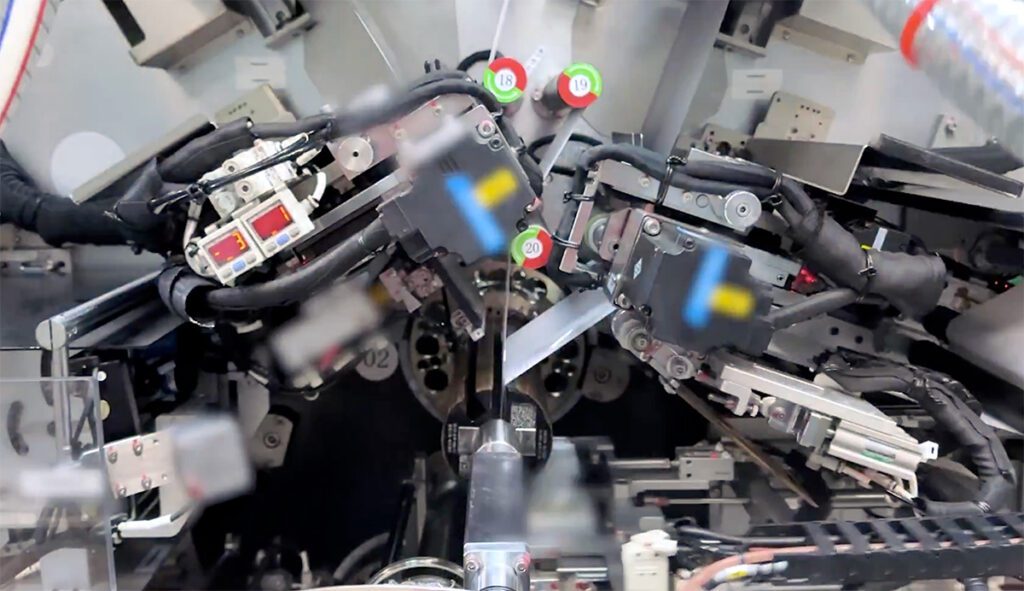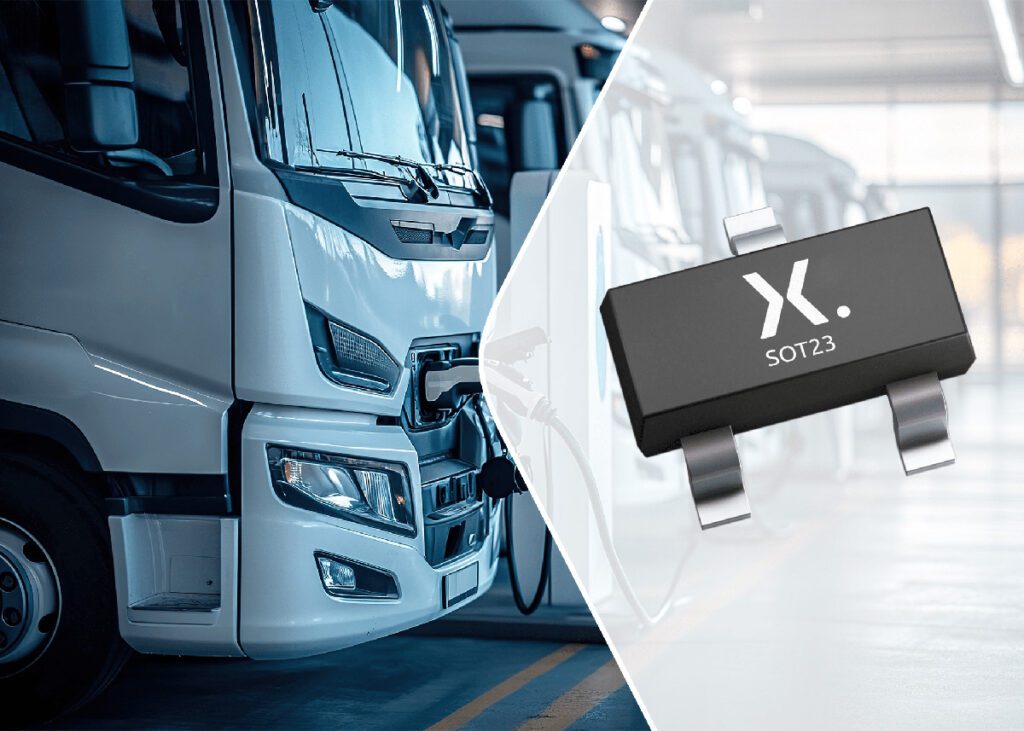As EV adoption grows, it’s plain that more EV raw materials will need to be mined and processed in North America (and Europe). But bringing a new mine into production is a lengthy process with many potential pitfalls along the way.
A lithium mine in the pine forests northwest of Montreal provides an example of the challenges, as reported by the New York Times. The facility, which is operated by Australia-based Sayona Mining, is scheduled to open early next year.
At Sayona’s La Corne mine, lithium-containing rock is blasted loose and crushed, then processed in several stages to remove waste material. Jets of compressed air separate the lithium ore, which is then refined in vats of detergent, where the lithium floats to the surface and is skimmed off. The end product, which contains about 6 percent lithium, will be sent to refineries, most of them in China, for further purification.
As the Times reports, dozens of lithium mines are in various stages of development in Canada and the US, but most of these projects are years away from production, and some could fail to reach their potential for various reasons.
The La Corne mine provides some examples of what could go wrong. Over the years, it has had several owners, some of whom have gone bankrupt. Funding for the years-long process of developing a mine is linked to the gyrations of commodities markets. A decline in lithium prices between 2017 to 2020 caused the mine’s previous owner, Chinese battery maker CATL, to shut down operations.
Most observers believe that demand for lithium and other battery raw materials is set to soar. (A certain CEO of a certain automaker called Tesla recently called lithium mining and processing “a license to print money.”)
Others are not so sure. Sayona’s stock, which trades on the Australian Securities Exchange, has bobbed up and down like a cork over the past few months.
“Those of us in the industry are quite confident that lithium will be in short supply for the next decade,” Keith Phillips, CEO of Piedmont Lithium, which owns 25 percent of Sayona’s Quebec project, told the Times. “Others are taking a contrarian view.”
Opposition from environmental groups or nearby residents can slow or stop projects. There are lots of mines in the area around La Corne—iron, nickel, copper, zinc, gold—and according to the Times, most locals support the lithium mine, but a significant minority oppose it. A green group called MiningWatch Canada is pushing to ensure that the Sayona mine undergoes stringent environmental reviews. Long Point First Nation, an Indigenous group, says the mine is on its ancestral territory, and wants to conduct its own environmental impact study.
Sébastien Lemire, who represents the region in Canada’s Parliament, is an EV driver, and supports the mine. “If we don’t do it, we’re missing the opportunity of the electrification of transport,” he told the Times. However, he praised activists for being “vigilant” about environmental standards, and noted that he wants to make sure that the income from lithium mining stays in Quebec.
Source: New York Times



















































































